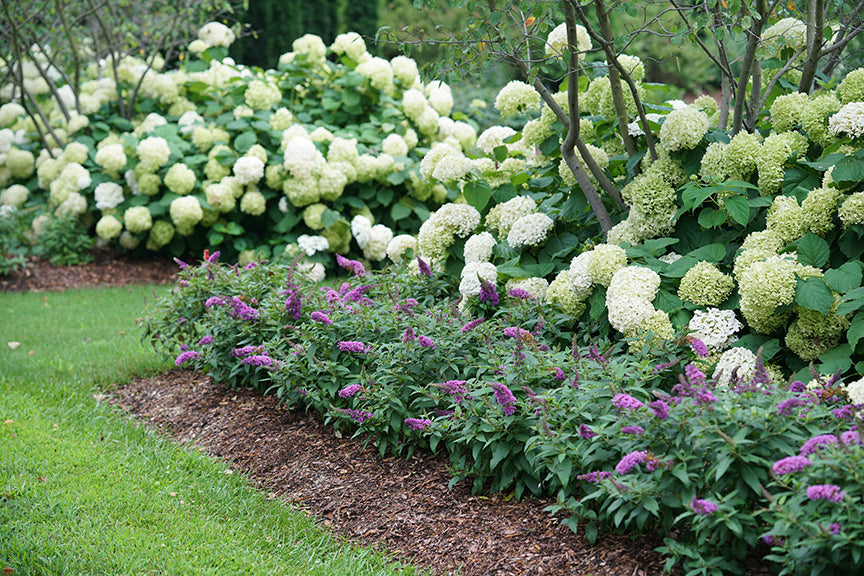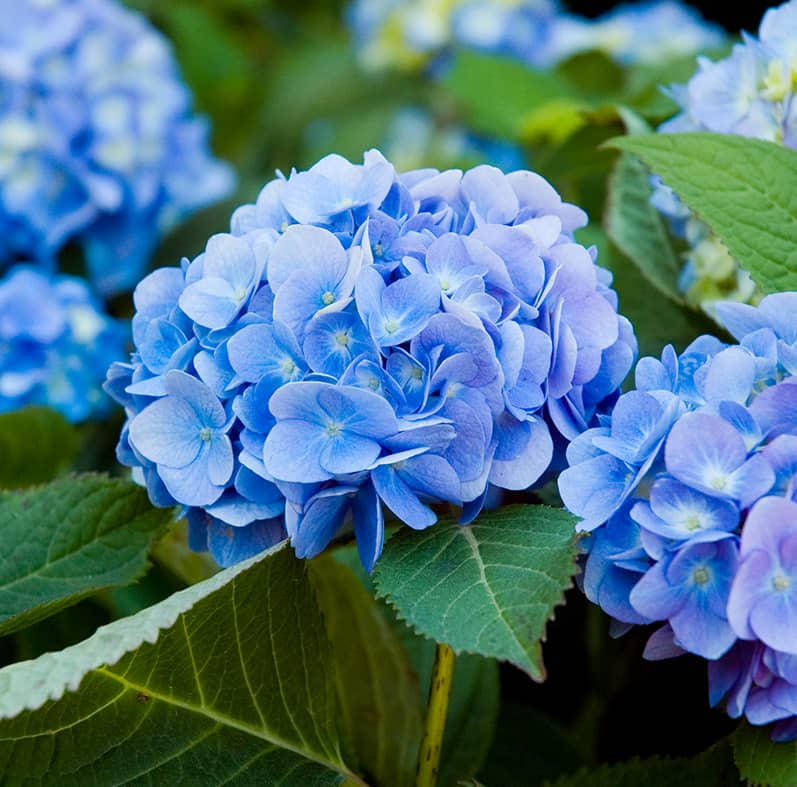The Periwinkle Hydrangea: A Stunning Flower That Will
The Periwinkle Hydrangea: A Stunning Flower That Will Brighten Your Garden
Hydrangeas are some of the most popular flowering shrubs in the world, and for good reason. They come in a wide variety of colors, sizes, and shapes, and they can add a touch of elegance and beauty to any garden. One of the most stunning varieties of hydrangea is the periwinkle hydrangea.
Periwinkle hydrangeas (Hydrangea macrophylla) are known for their delicate, periwinkle-blue flowers. The flowers are typically arranged in large, spherical clusters, and they can reach up to 6 inches in diameter. Periwinkle hydrangeas are also known for their long blooming season, which can last from early summer to late fall.
In addition to their beautiful flowers, periwinkle hydrangeas are also relatively easy to care for. They prefer full to partial shade and moist, well-drained soil. Periwinkle hydrangeas are also relatively hardy, and they can tolerate cold winters in USDA hardiness zones 4-9.
If you're looking for a stunning and easy-care hydrangea for your garden, the periwinkle hydrangea is a great choice. With its delicate blue flowers and long blooming season, the periwinkle hydrangea is sure to brighten up your garden for months to come.
Here are some additional details about periwinkle hydrangeas:
- Size: Periwinkle hydrangeas typically grow 3-6 feet tall and wide.
- Bloom time: Periwinkle hydrangeas bloom from early summer to late fall.
- Soil: Periwinkle hydrangeas prefer moist, well-drained soil.
- Light: Periwinkle hydrangeas prefer full to partial shade.
- Hardiness: Periwinkle hydrangeas are hardy in USDA hardiness zones 4-9.
How to care for periwinkle hydrangeas:
- Water regularly, especially during hot, dry weather.
- Fertilize once a year in the spring with a balanced fertilizer.
- Prune in the late winter or early spring to remove dead or damaged branches.
- Protect from harsh winter weather by covering the plant with a burlap sack or other protective material.
Periwinkle hydrangeas are a beautiful and versatile addition to any garden. They can be planted in borders, as specimen plants, or in containers. Periwinkle hydrangeas are also a popular choice for cut flowers.
If you're looking for a stunning and easy-care hydrangea for your garden, the periwinkle hydrangea is a great choice. With its delicate blue flowers and long blooming season, the periwinkle hydrangea is sure to brighten up your garden for months to come.
If you're looking for a beautiful and easy-to-grow flowering shrub, the periwinkle hydrangea is a great choice. These plants are known for their delicate blue flowers that bloom from June to October. They're also relatively low-maintenance, making them a good option for even novice gardeners.
If you're interested in learning more about periwinkle hydrangeas, I recommend visiting . This website has a wealth of information on all aspects of this plant, from its history and care to its many different varieties. You'll also find helpful tips on how to plant, grow, and propagate periwinkle hydrangeas.
So what are you waiting for? Visit today and learn more about these beautiful plants!
FAQ of periwinkle hydrangea
1. What is periwinkle hydrangea?
Periwinkle hydrangea (Hydrangea macrophylla var. serrata) is a type of hydrangea that is native to Japan and Korea. It is a deciduous shrub that can grow up to 6 feet tall and wide. Periwinkle hydrangea has dark green leaves and produces clusters of small, blue or white flowers in the summer.
2. How do I care for periwinkle hydrangea?
Periwinkle hydrangea is a relatively easy plant to care for. It prefers full sun to partial shade and moist, well-drained soil. It is important to water periwinkle hydrangea regularly, especially during hot, dry weather. Periwinkle hydrangea is also susceptible to powdery mildew, so it is important to take steps to prevent this disease, such as watering the plant early in the day so that the leaves have time to dry before nightfall.
3. What are some common problems with periwinkle hydrangea?
In addition to powdery mildew, periwinkle hydrangea can also be susceptible to other diseases, such as leaf spot and root rot. It can also be damaged by pests, such as aphids, scale, and Japanese beetles. If you notice any problems with your periwinkle hydrangea, it is important to take steps to treat the problem immediately.
4. How do I propagate periwinkle hydrangea?
Periwinkle hydrangea can be propagated by seed, division, or cuttings. Seed propagation is the least successful method, but it can be done by sowing seeds in the spring. Division is the most successful method, and it can be done in the spring or fall. To divide a periwinkle hydrangea, simply dig up the plant and separate the roots into two or more sections. Cuttings can also be taken in the spring or fall. To take a cutting, simply cut a 4- to 6-inch section of stem from the plant and remove the lower leaves. Plant the cutting in a pot of well-draining soil and keep the soil moist. The cutting should root in a few weeks.
5. Where can I buy periwinkle hydrangea?
Periwinkle hydrangea is available at most garden centers and online retailers. When buying periwinkle hydrangea, it is important to choose a plant that is healthy and free of pests or diseases.
Image of periwinkle hydrangea
5 different images of "periwinkle hydrangea" from Pinterest:



Post a Comment for "The Periwinkle Hydrangea: A Stunning Flower That Will"